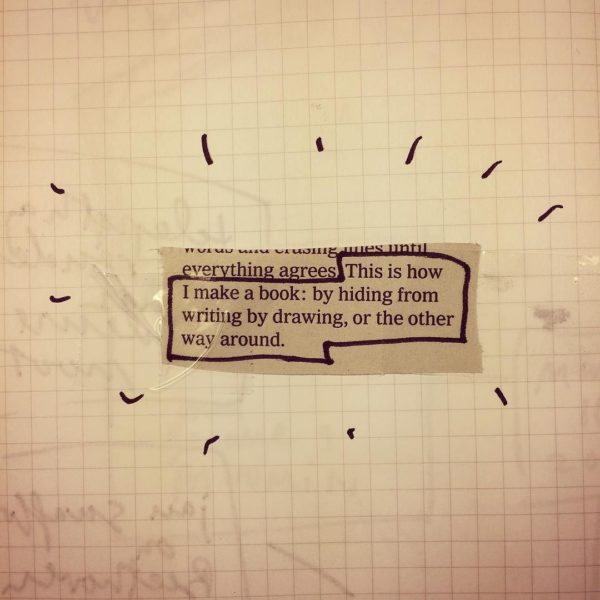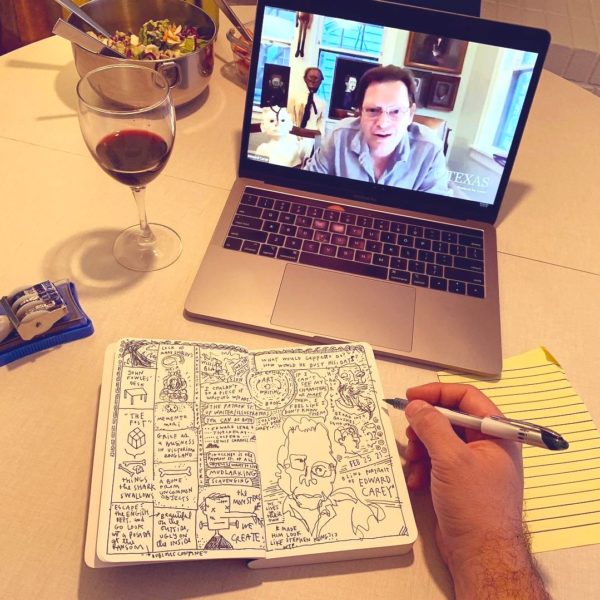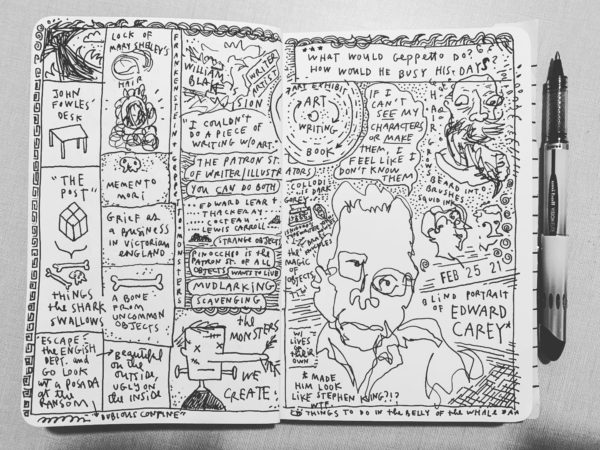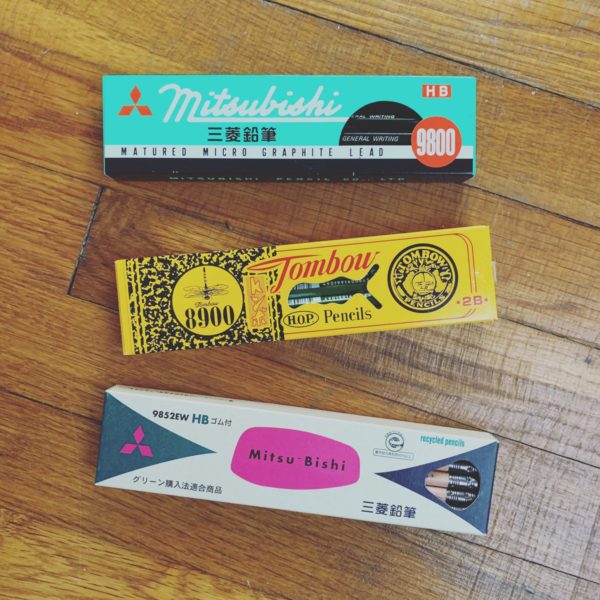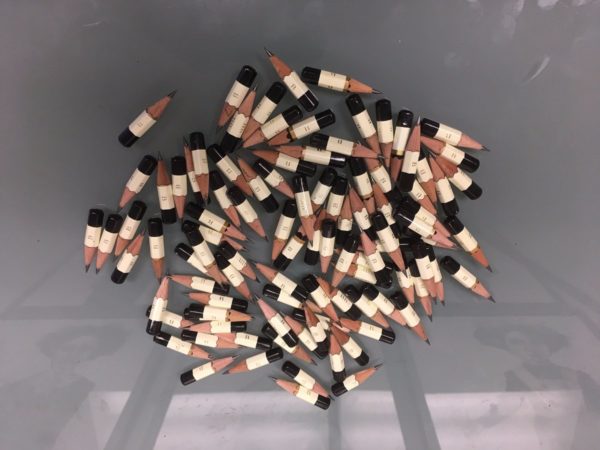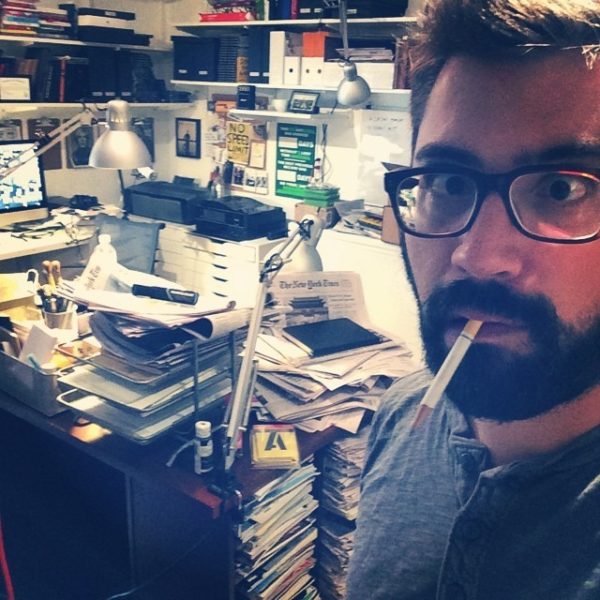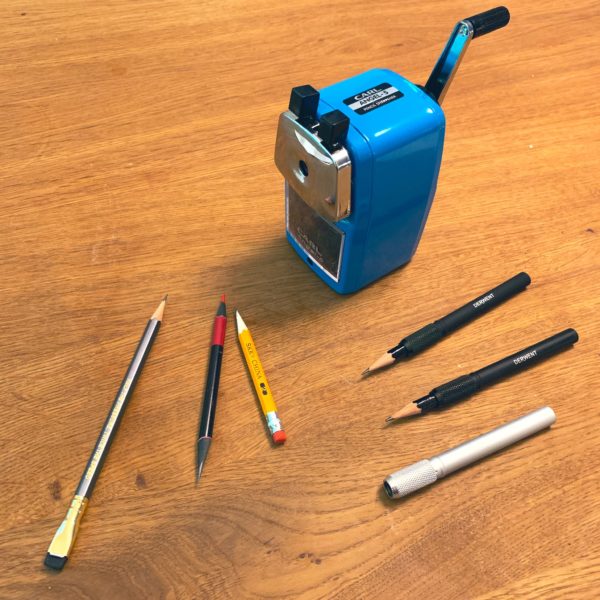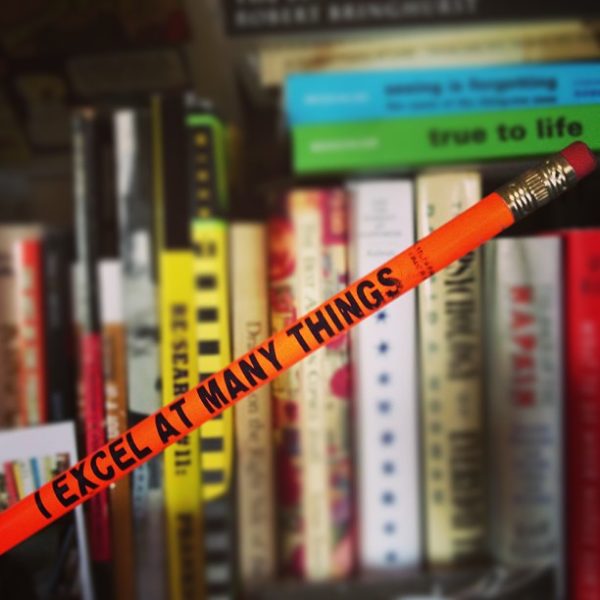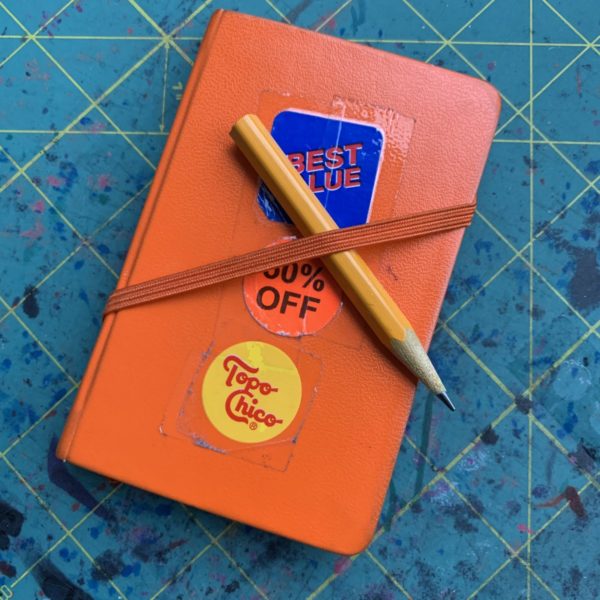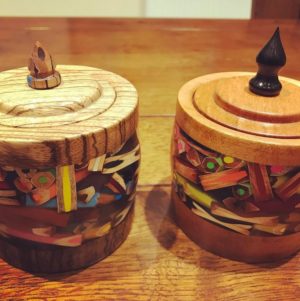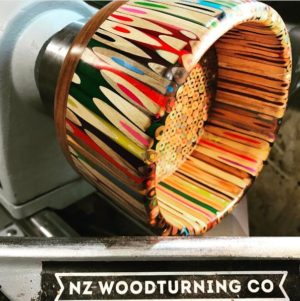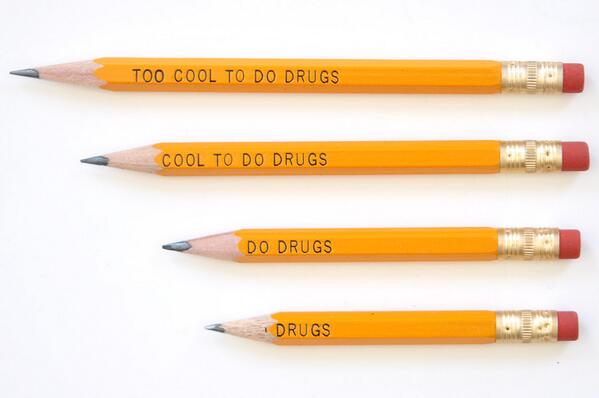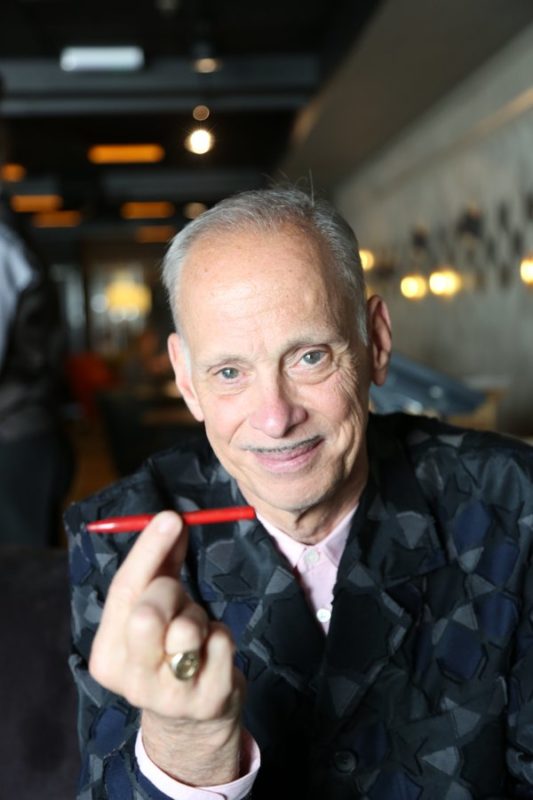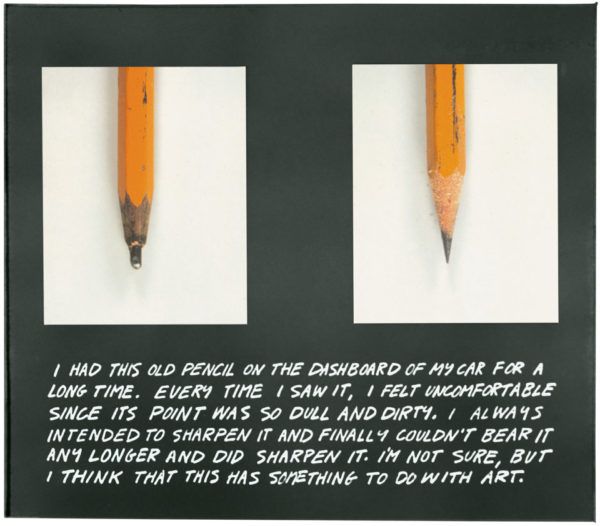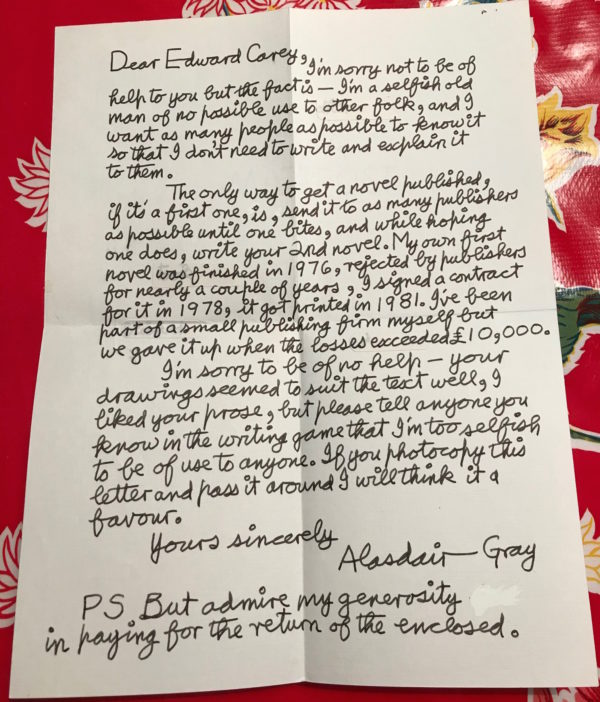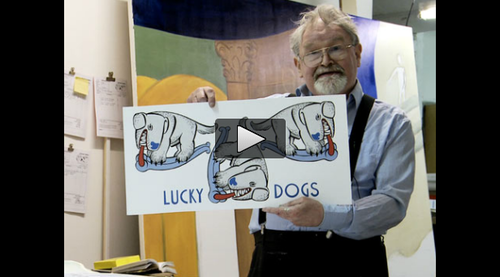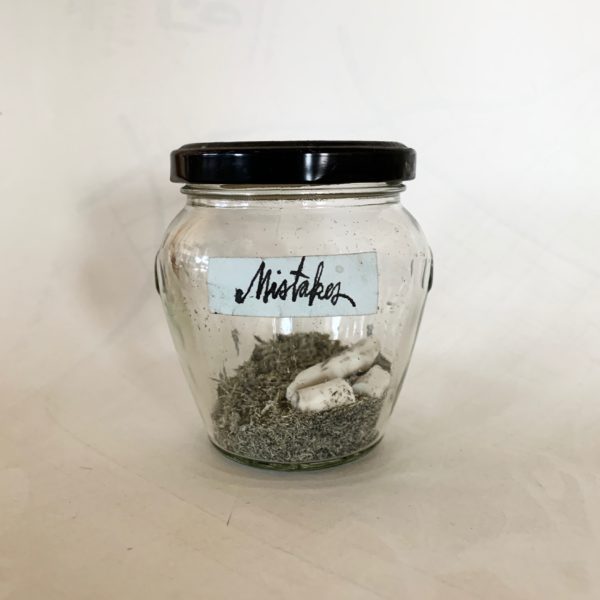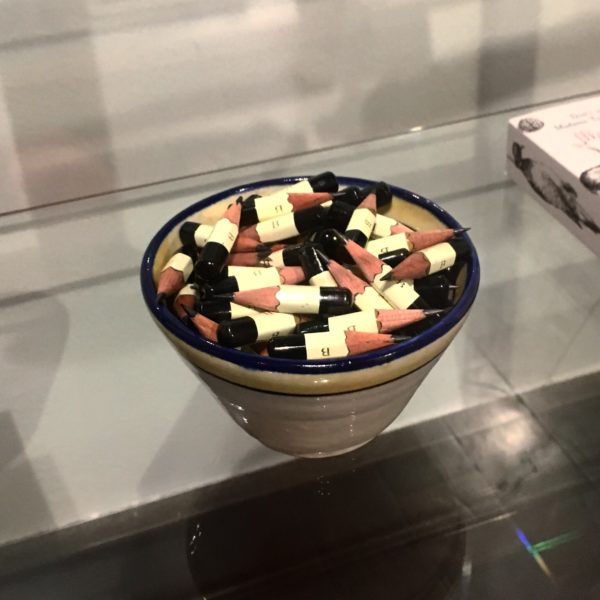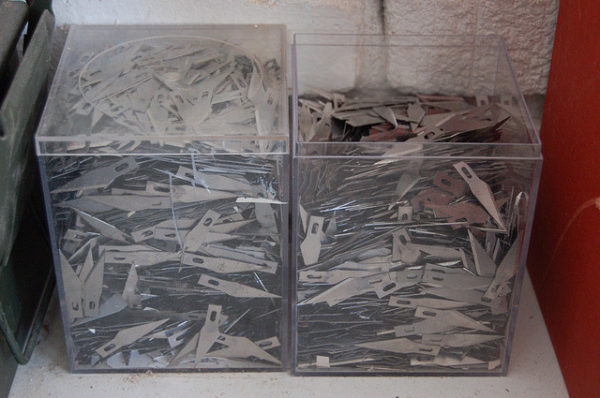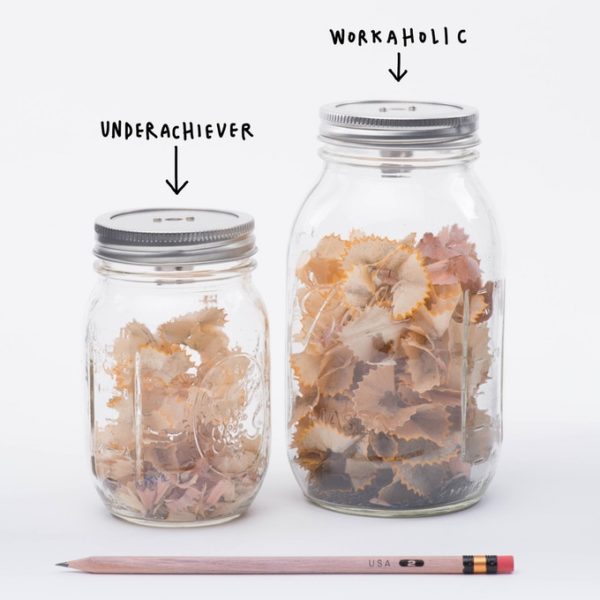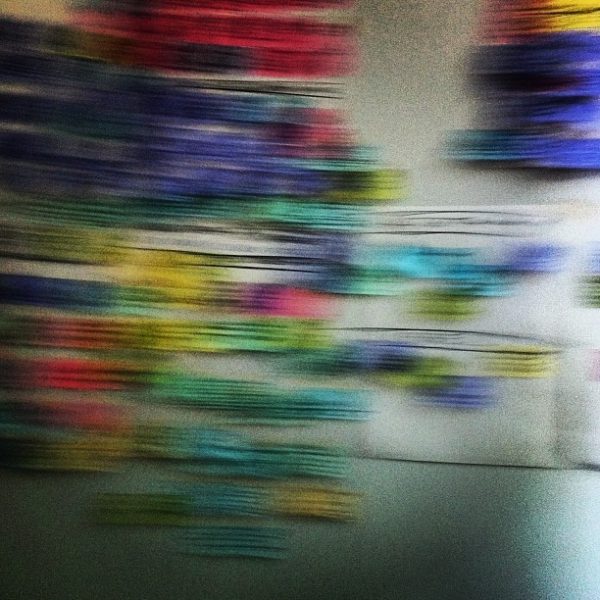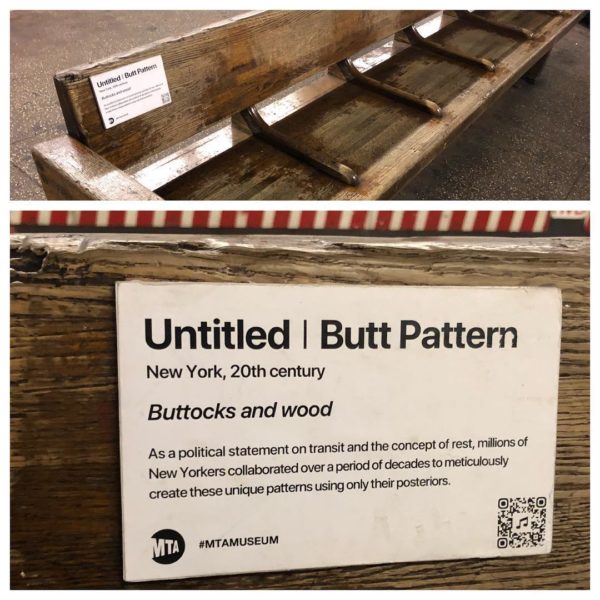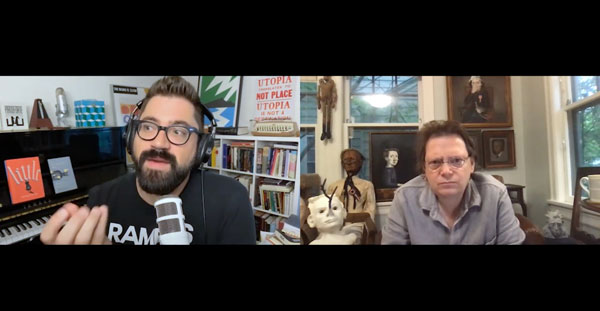
“It was dark, and I needed a little light. So every day I did a little drawing.”
Here is video of my interview with the excellent Edward Carey for Creative Mornings Austin. We talked about art, family, Pinocchio, and the challenges of making things during the past year:
When they asked me if there was a local Austin artist I’d like to interview for CM Austin’s 8th anniversary, I had a long list of folks in my mind, but when they said the topic was procrastination, I immediately thought of Ed, and, specifically, this clipping, which I cut out of a NYTimes years ago:
I’m shocked that his latest project still doesn’t have a US publisher. Editors, get on it!
I’ve written more about EC’s work here.
